Imagine standing at the edge of the Grand Canyon, witnessing not just the breathtaking vistas but an extraordinary display of weather dynamics. The Grand Canyon is not just a marvel of geological history; it’s also a place where the climate can shift in the blink of an eye. This dramatic transformation isn’t just a spectacle – it provides valuable insights into the complexity of weather patterns in large canyon systems.
The Grand Scale of the Grand Canyon
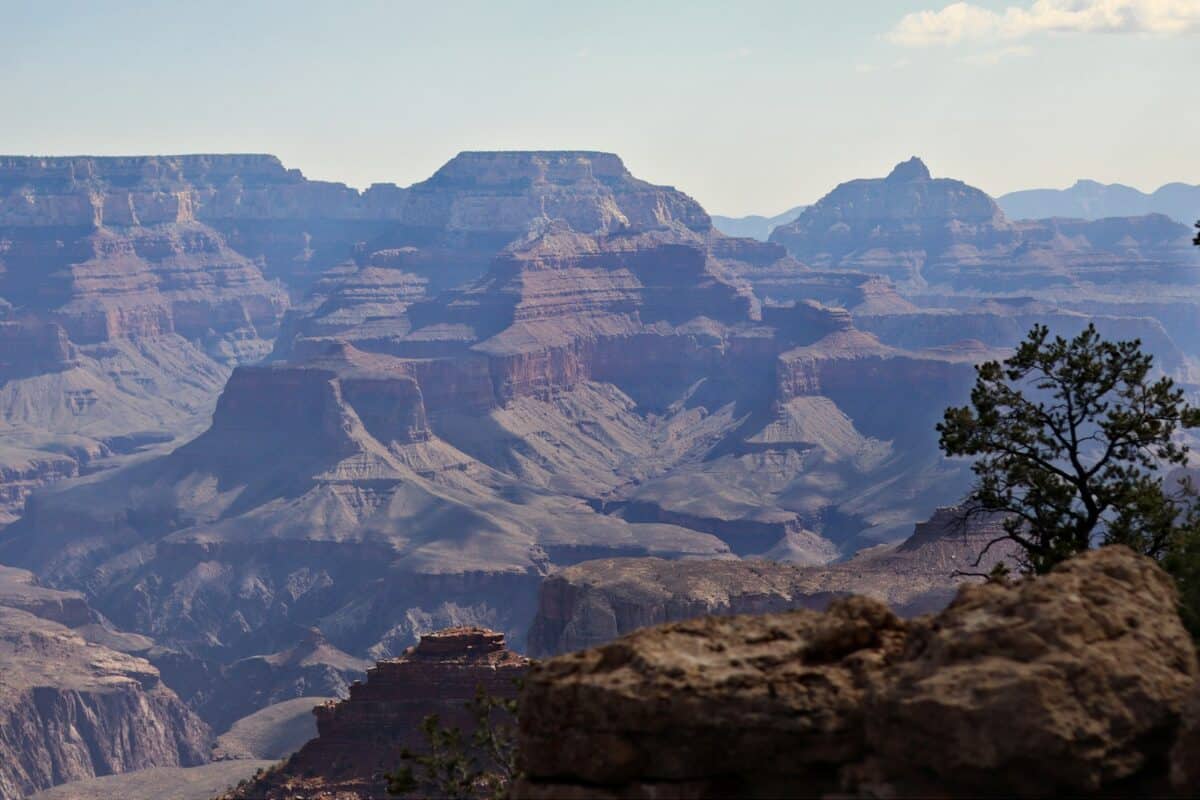
The Grand Canyon, carved by the Colorado River over millions of years, is a colossal chasm in the landscape of northern Arizona. Stretching over 277 miles long, up to 18 miles wide, and more than a mile deep, it’s a natural wonder that draws millions of visitors each year. But the canyon’s size is also what makes its weather so unique and unpredictable.
Elevation’s Role in Weather Variability

One of the keys to the Grand Canyon’s rapidly changing climate is its dramatic variation in elevation. From the rim to the canyon floor, there can be a difference of over 6,000 feet. This elevation difference contributes to significant temperature variations, which can lead to sudden weather changes.
Temperature Swings That Surprise

Within the depths of the Canyon, temperatures can soar, especially in the summer months, where the inner canyon can see temperatures exceeding 100 degrees Fahrenheit. Conversely, the rim of the Grand Canyon, sitting at a much higher elevation, experiences cooler temperatures. This significant temperature gradient can sometimes lead to the rapid onset of weather phenomena.
The Phenomenon of Inversion
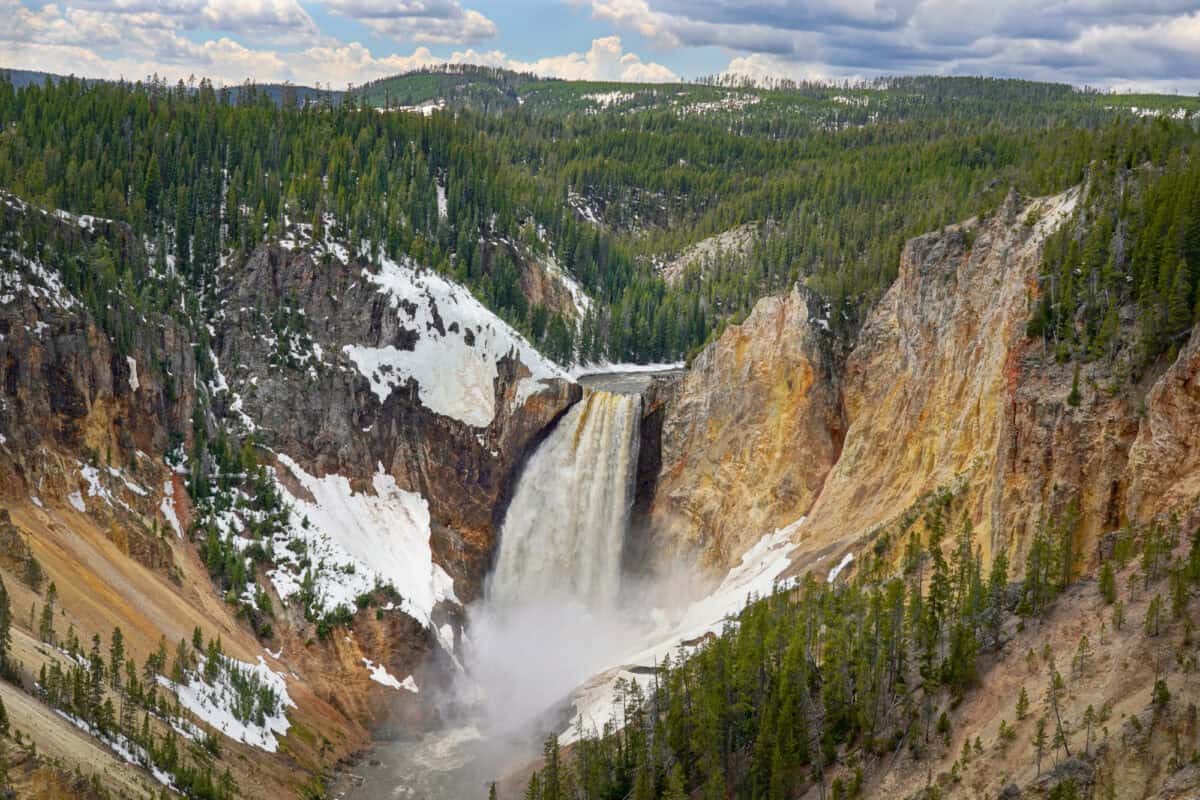
One of the most mesmerizing weather events in the Grand Canyon is the temperature inversion. This occurs when cold air is trapped in the canyon by a layer of warm air above it. During these inversions, the canyon can fill with fog, transforming the view into a surreal landscape, with the canyon’s buttes rising like islands from a sea of clouds.
Wind’s Swift Influence
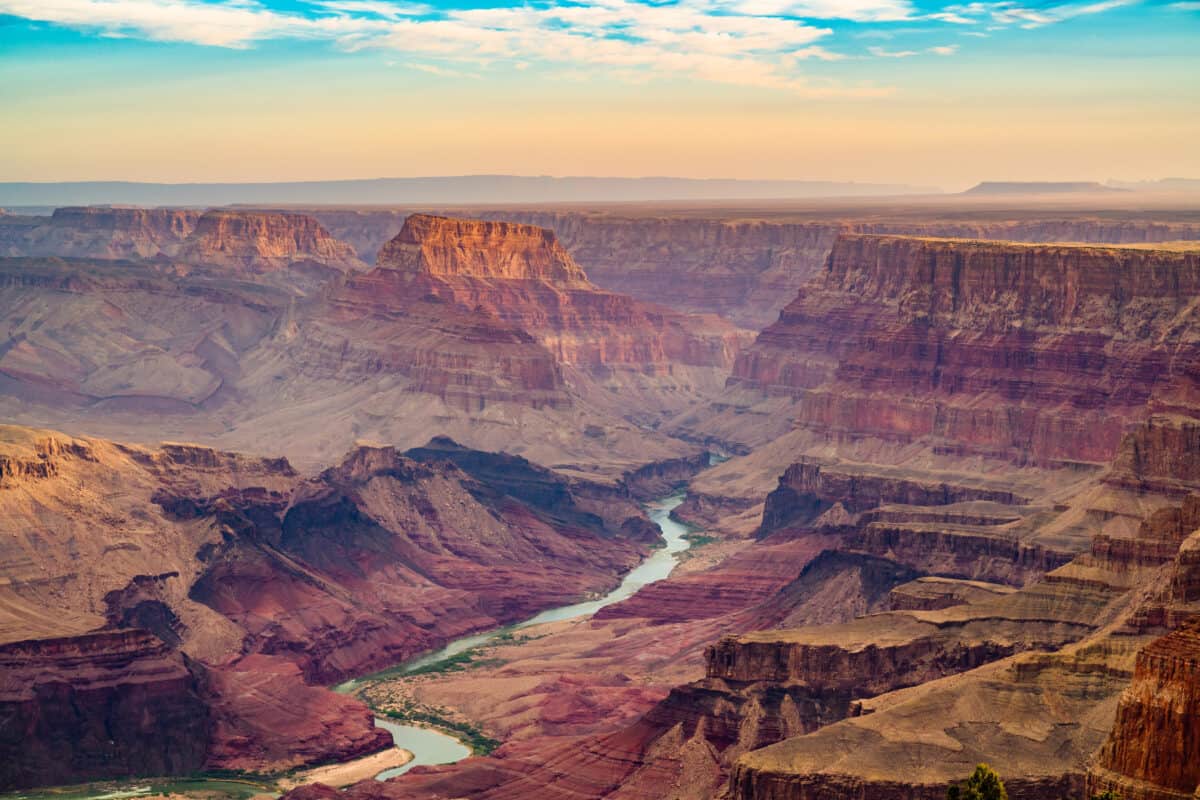
Wind plays a pivotal role in the Grand Canyon’s quick weather shifts. The canyon’s orientation and structure can channel winds in powerful ways, accelerating their speed as they move through the canyon. This can lead to sudden gusts and changes in weather in a matter of minutes.
Monsoon Season’s Rapid Changes
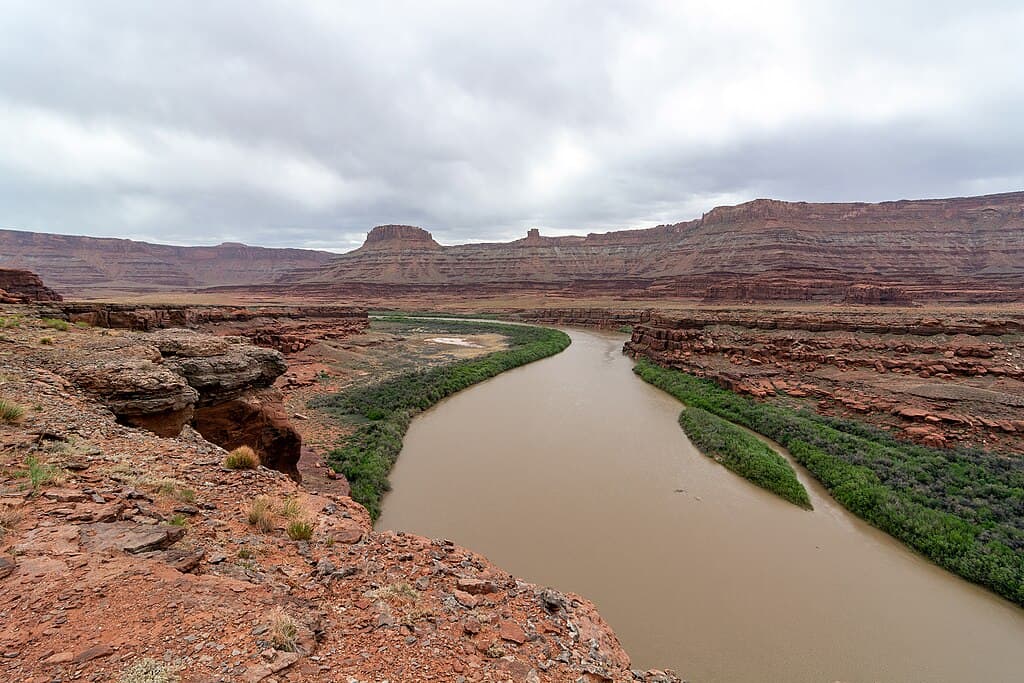
The monsoon season brings another layer of unpredictability to the Grand Canyon’s weather. Typically starting in July and extending into September, monsoons can produce sudden, intense thunderstorms. These storms, often arriving with little warning, can cause flash floods and dramatically alter temperatures.
The Effect of Snow and Ice

Winter introduces a different facet of the Grand Canyon’s changing climate. Snowfall is common on the rims, particularly on the North Rim, which is closed during winter due to heavy snow. However, the inner canyon rarely sees snow, showcasing a stark climate contrast within a short distance.
Preparing for Weather Whiplash
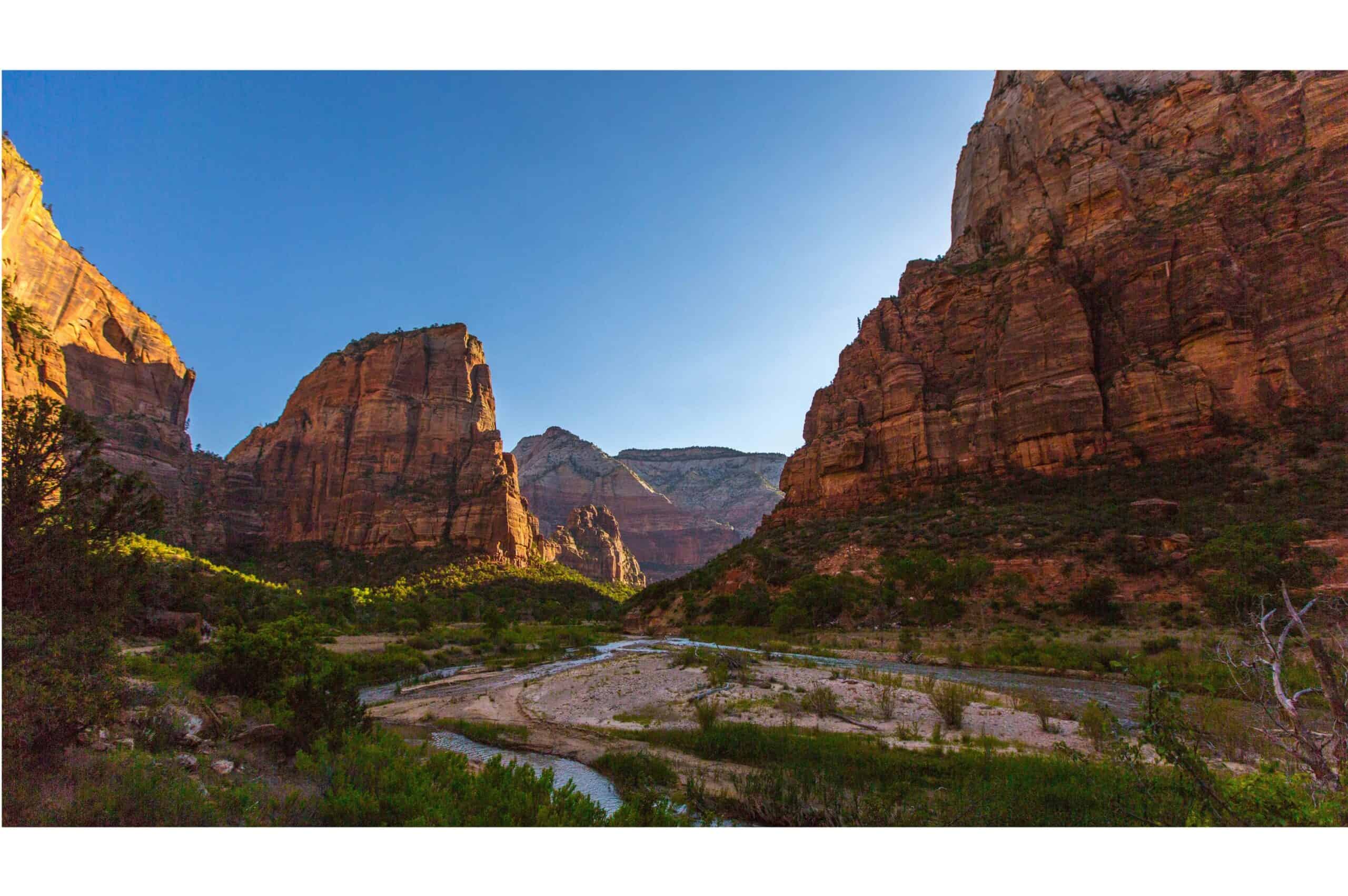
Visitors to the Grand Canyon must be prepared for its weather whims. Sudden shifts mean that layers of clothing are recommended, as well as plenty of water, especially when exploring the inner canyon during warmer months. Checking weather forecasts is crucial, but the canyon’s climate can still surprise.
The Grand Canyon Weather Station

The Grand Canyon hosts weather stations that monitor conditions closely to help predict these swift changes. This data is invaluable for park rangers and scientists studying the canyon’s microclimates and for visitors planning their trips.
The Impact of Climate Change

Climate change poses a significant threat to the Grand Canyon’s weather patterns. Increasing temperatures could exacerbate weather extremes, from hotter, drier summers that heighten the risk of wildfires to more severe monsoon storms. Understanding these patterns is essential for conservation efforts.
The Captivating Beauty of Change
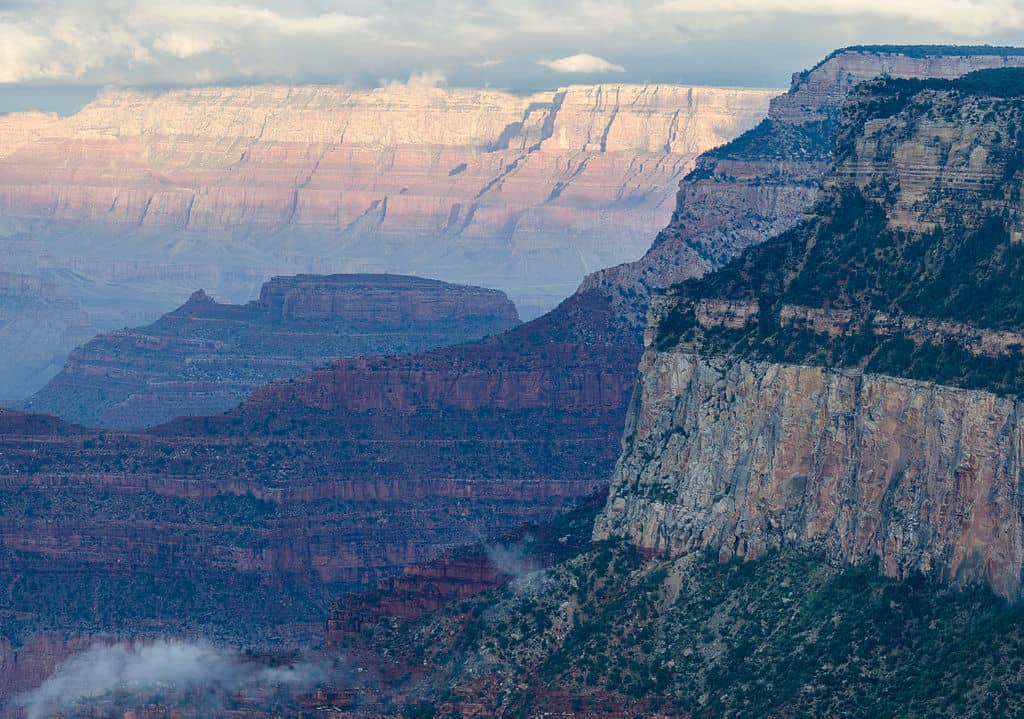
The rapid climate shifts of the Grand Canyon underscore the dynamic power of nature. They remind us of the planet’s complex weather systems and our role in preserving such magnificent landscapes. Witnessing the canyon’s weather change is not just a profound experience – it’s a reminder of the ever-changing world around us.
Conclusion: A Monument to Climatic Mystery

The Grand Canyon, with its awe-inspiring size and beauty, also serves as a living laboratory for studying weather and climate. It’s rapidly changing conditions offer a unique glimpse into the power of natural forces, making every visit an unpredictable adventure. This blend of geological majesty and meteorological mystery makes the Grand Canyon a place where the earth’s stories are continuously unfolding, inviting us to watch, learn, and respect the forces at play.
- The Biggest Snowstorms That Brought Cities to a Standstill - August 23, 2025
- 14 Times Wild Animals Shocked Scientists With Their Intelligence - August 23, 2025
- 10 Dog Breeds That Rarely Bark - August 23, 2025

